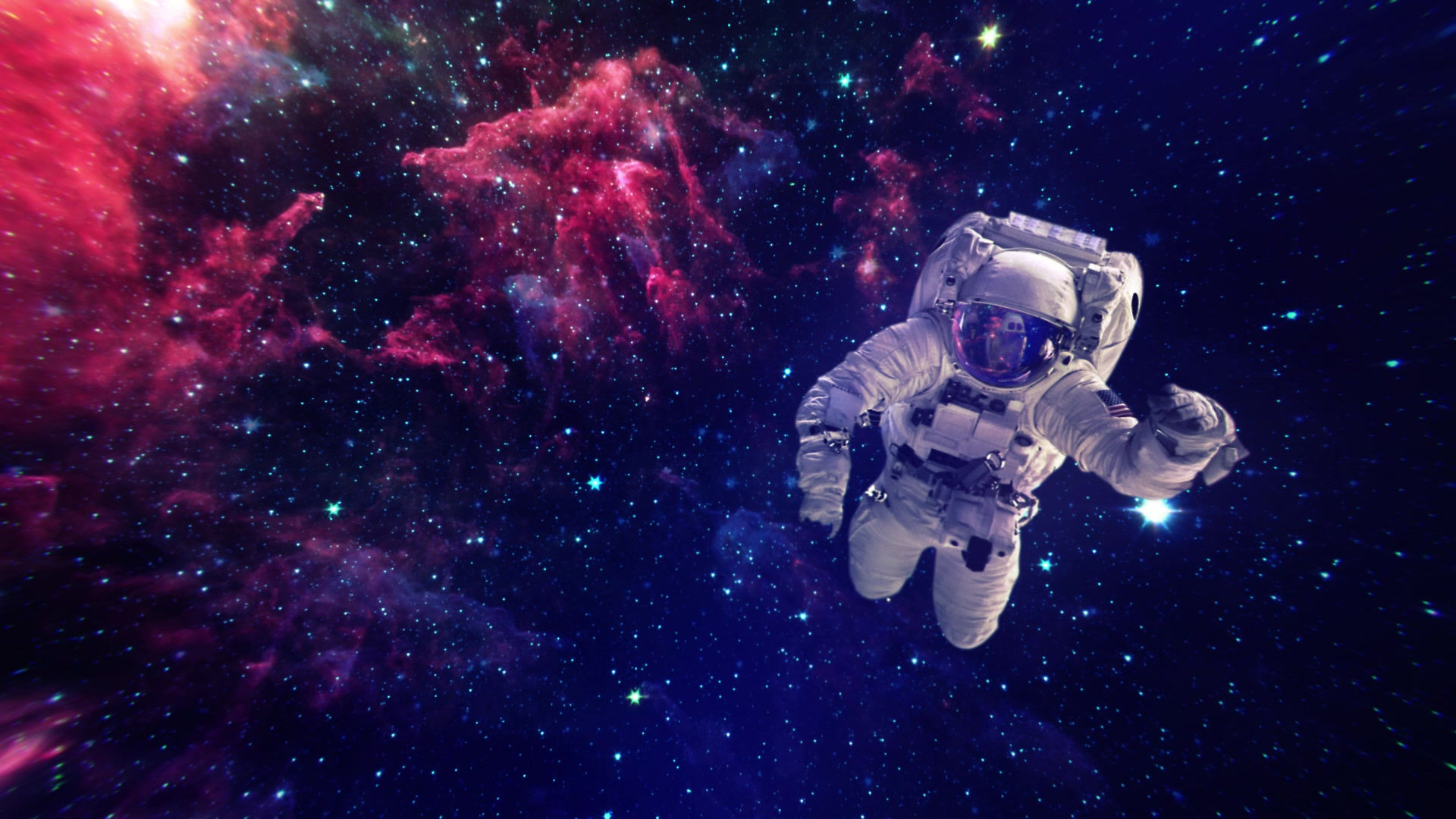CORAL BLEACHING I KEIRA
- hederahelixscience
- Jul 17, 2020
- 3 min read

Coral Bleaching is a serious issue happening right now. Corals can be met with changes in the environment such as temperature, light and nutrients. When this happens, they force out the symbiotic algae living in their tissues, which causes them to turn completely white. This can, and most likely will kill them. Coral bleaching, a major effect of climate change, has killed many coral reefs all around the world.
Coral reefs are essential spawning, nursery, breeding, and feeding grounds for numerous organisms. Regarding biodiversity, the variety of species living on a coral reef is greater than in any other shallow-water marine ecosystems and is one of the most diverse on the planet, yet coral reefs cover less than 0.1% of the ocean floor. This incredible ecosystem supports more than 800 hard coral species and more than 4,000 species of fish. Corals are also vital for coastal protection, fisheries, medicine and tourism, clearly showing their wide variety of uses. Coral reefs are so important and crucial to the survival of so many species of fish and organisms as well as them being a source of food for humans as well, yet so many of them are dying because of coral bleaching.
There are 3 stages of a coral’s health: healthy coral, stressed coral and bleached coral. Corals have a symbiotic relationship with microscopic algae, called zooxanthellae, that live in their tissue. These algae are the coral’s primary food source and give them their colour. When the symbiotic relationship becomes stressed due to increased pollution or ocean temperature, the algae leave the coral’s tissue. Finally, when the coral is without algae it loses its major source of food, turns white or very pale, and is more susceptible to disease. However, If the stress-caused bleaching is not severe, coral has been known to recover. However, if the algae loss is prolonged and the stress continues, coral eventually dies.
Coral Bleaching can be caused by change in ocean temperature; increased ocean temperature caused by climate change is the leading cause of coral bleaching. When water is too warm, corals will expel the algae (zooxanthellae) living in their tissues causing the coral to turn completely white. This is called coral bleaching. Another cause of coral bleaching is runoff and pollution. Precipitation from storms can rapidly dilute ocean water and runoff can carry pollution – these can bleach near-shore corals. Overexposure to sunlight is another cause of coral bleaching. When temperatures are high, high solar irradiance contributes to shallow-water corals. Coral bleaching can be caused by extreme low-tides. Exposure to the air during extreme low tides can cause bleaching in shallow corals.
Nevertheless, not all bleaching events are due to warm water. In January 2010, cold water temperatures in the Florida Keys caused a coral bleaching event that resulted in some coral death. Water temperatures dropped 12.06 degrees Fahrenheit lower than the typical temperatures observed at this time of year. Researchers will evaluate if this cold-stress event will make corals more susceptible to disease in the same way that warmer waters impact corals. There is still time to reverse some of the damage created by climate change and increased ocean temperatures (the leading cause of coral bleaching). By letting climate change continue, the once radiant coral reef home to thousands of species of fish and a source of food for many organisms will become bleached, dead and forgotten.
The coral reefs can still be helped no matter how far away you are. Simple things like recycling and disposing of trash correctly can truly help stop coral bleaching. Also, using environmentally-friendly modes of transportation can help reduce the number of greenhouse gasses that are emitted into the atmosphere. These emissions contribute to ocean acidification and increased ocean temperature. More acidic ocean waters impede coral growth and warmer waters cause coral bleaching. These are only some of the things you could do to help stop coral bleaching.
The next time you turn on a car or litter remember that at that moment, another coral is bleached and dead.
Sources used:
https://oceanservice.noaa.gov/facts/coral_bleach.html https://scripps.ucsd.edu/projects/coralreefsystems/about-coral-reefs/value-of-corals/ o https://www.epa.gov/coral-reefs/what-you-can-do-help-protect-coral-reefs
Keira






Comments